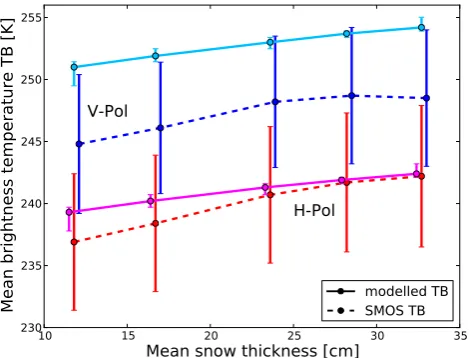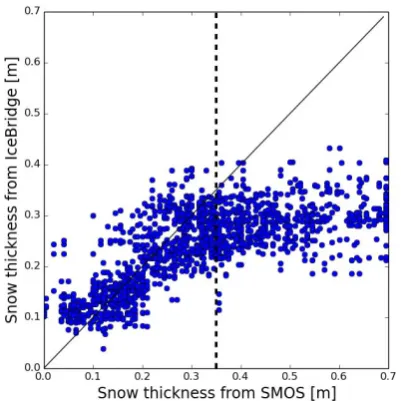Snow thickness retrieval over thick Arctic sea ice using SMOS satellite data
Full text
Figure
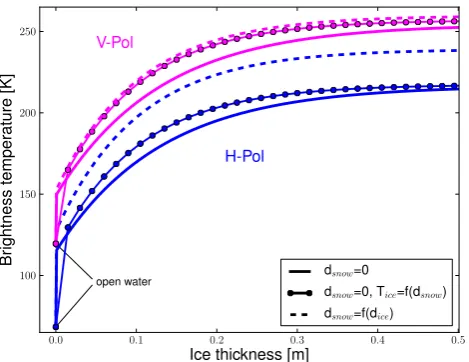
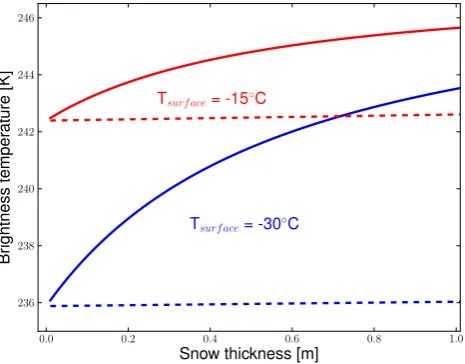
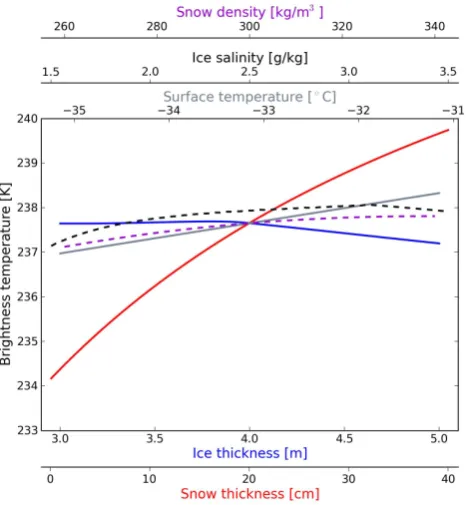

Related documents
Chapter 3 describes a proposed method for facial expression recognition system with detailed process of face detection based on Bayesian discriminating feature
Finally, this Note argued that, at the very least, there is a double jeop- ardy rule in customary international law that protects an individual from successive prosecutions by a
All the newly synthesized compounds (i.e. 2a-2d and 3a-3d) were evaluated for their anticonvulsant activity.. Almost all the compounds have shown promising
subject is aware of. Does the intentional theory o f perception provide such an account?. Under the intentional theory o f perception an experience, like a belief,
Antioxidant parameters (Fig. 4, 5 and 6) : Oral administration of cholesterol alone in rabbits exhibits a significant increase (P<0.001) in aortic lipid peroxidation when
on unrestricted estimate S , by replacing their unknown population by the unrestricted sample estimator, provided the finite sample properties of estimators by
Further, while the majority of those using prescription medications nonmedically do not meet criteria for DSM-V substance use disorder, some individuals will develop such a
The objectives of this study were therefore to: (1) to evaluate 82 different temperature dependent models to predict the phenological develop- ment of 22 diverse tropical


